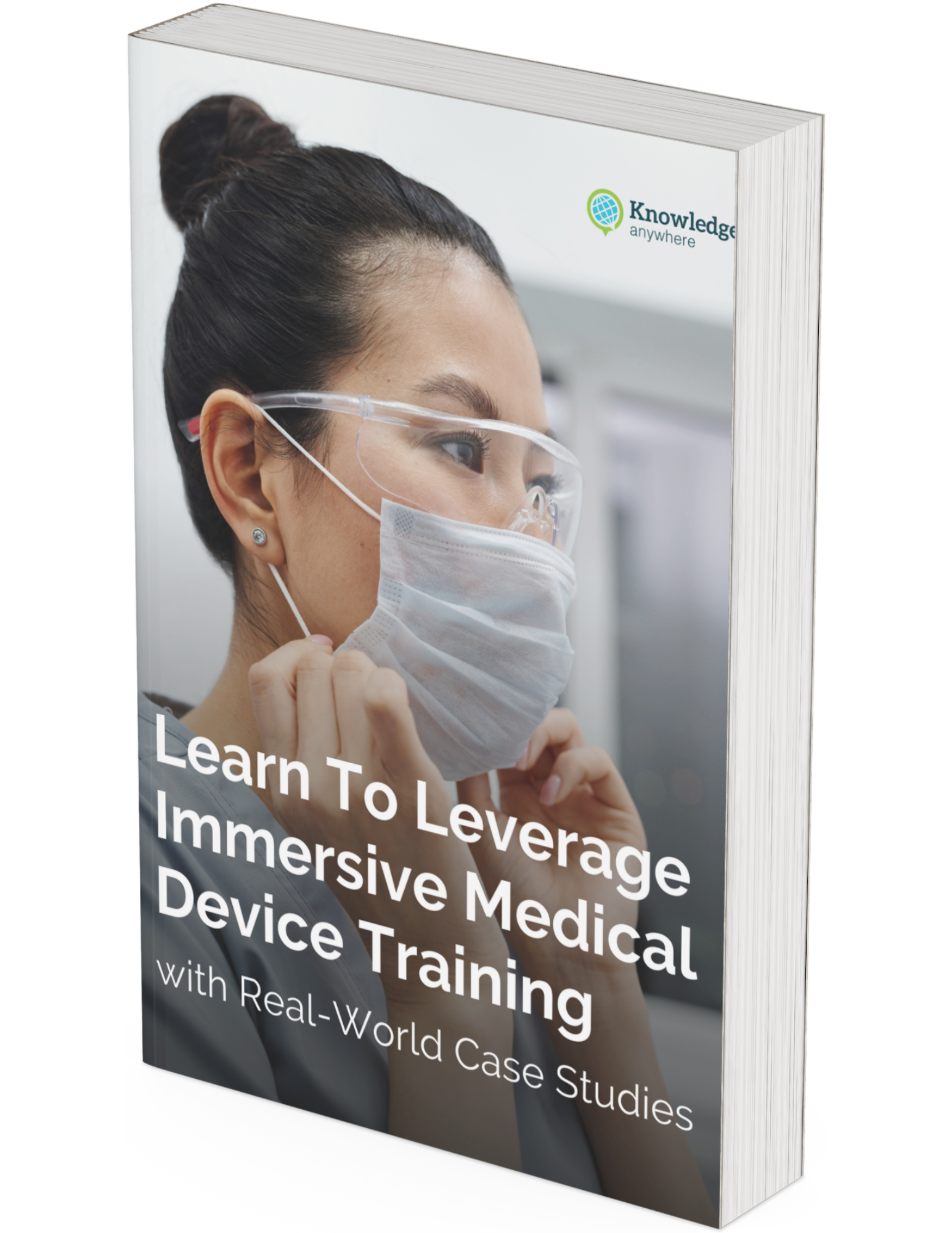We can improve your training in less than 5 minutes. TAKE OUR QUIZ
We can improve your training in less than 5 minutes. TAKE OUR QUIZ
Building an award-winning healthcare training program is the most important step that you can take to ensure that your healthcare workers are prepared to provide patients with the highest quality of care. Regardless of whether you are training home care nurses, patient care assistants, or a team of physician assistants, you need to ensure that training courses are meaningful. Below is a look at the critical role of healthcare training and 8 steps to make your healthcare training courses more impactful.
With compliance, safety, and patient care at stake, healthcare administrators must make sure that employees are fully engaged in training activities. Below are eight steps to creating a more engaging and impactful training initiative.
The face of employee training has completely transformed since the turn of the century. Today’s employees can train online at their own pace using their tablet or other mobile device of choice. Some of the potential benefits for healthcare workers include:
Teaching employees to care for patients while protecting their privacy is not only important, it is required by law. The HIPAA Privacy Rule requires healthcare employers to train employees to handle confidential patient information. HIPAA requires this training to take place before a preset compliance date. A breach of the HIPAA Privacy Rule or failure to provide training could result in fines or even imprisonment.
Video-based learning is a convenient, cost-effective alternative to traditional classroom-based training. Here are a few of the many advantages of video-based learning:
One of the differences between traditional classroom training and online training is the absence of a live lecturer during online training. This can pose challenges for participants who have questions about training content. One solution to this challenge is to incorporate live chat into your online training initiatives. This feature will enable participants to receive prompt feedback to their questions and concerns.

Keep your technicians, nurses, administrators, and healthcare professionals compliant and up-to-date with the latest tools and procedures by learning how medical device training can affect your organization. Read this free guide to learn how your organization can use online training to upskill employees and saves lives.
DOWNLOADWhile healthcare workers can complete a large portion of their training online, there are certain skills that are best learned through a combination of online training and hands-on classroom training. Below are a few examples:
All healthcare employees need to understand and comply with regulations established by HIPAA and OSHA. Unfortunately, compliance training is often dreaded by healthcare employees because they view the subject matter as dry or boring. You can use these strategies to help spice up your safety and compliance training:
Self-study is a great way to complement online and hands-on training. In addition to boosting long-term retention of healthcare concepts, self-study materials can help healthcare workers prepare for healthcare certifications and career advancement.
Healthcare training should not occur in a vacuum; workers should constantly strive to remain up to date on the latest trends and procedures. Employees should receive training on a continual basis, especially with the introduction of the following:
As you craft your healthcare training initiatives, it is wise to enlist the input of an industry expert. The training champions with Knowledge Anywhere are committed to ensuring that healthcare workers are prepared to meet the challenges of a demanding patient care environment.
For nearly 25 years, Knowledge Anywhere has been making eLearning for healthcare enjoyable and educational for workers in the healthcare industry. Schedule a free demo to learn how we can help you design an impactful healthcare training program!
An award-winning employee training tracking software that can power your business forward, helping to increase ROI, improve employee satisfaction, reduce turnover, quicken onboarding times, and make your learning process engaging.
What We Offer
Who We Help
Let's Get Started!
LMS Features
Who We Are
Resources